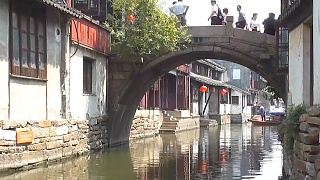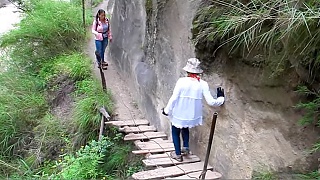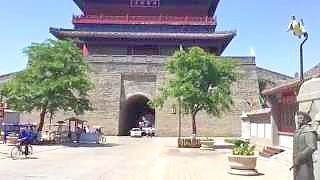Sung by Alu Azhou and the Mountain Wind Group 阿鲁阿卓, 山风组合 生如夏花.
Inspired by Stray Birds by famous Indian poet Rabindranath Tagore, 1916 (生如夏花之绚烂,死如秋叶之静美 --飞鸟集, 泰戈尔, 1916). Lyrics and Music by PU Shu (朴树).
"In this life, we can not stay so long ..."
Plus Song of the Surging Water - title song of the 2015 movie Wolf Totem 汪峰 沧浪之歌(《狼图腾》主题曲). Sung by Wang Feng.
Lyrics by WANG Feng (汪峰); music by Adam HUANG (HUANG Yong, 黄勇); with Alianuul (Morin Khuur solo) and NING FangLiang (violin solo).
"I am broken, but I love flying ..."
[640],shadow=true,start=,stop=鄧紫棋 G.E.M. - 存在_我是歌手第二季 (2014年1月10日)
[320],shadow=true,start=,stop=‘Your Collar’, a haunting, romantic song from the imperial music of the Han Dynasty ...
[320],shadow=true,start=60,stop=(Life is like a) Warm Spring with Blooming Flowers 春暖花开 (when I am with you) ...
[320],shadow=true,start=,stop= [320],shadow=true,start=,stop=If you can, please support this site with a donation; it really does help us keep going ... Thank you from the BeijingBuzzz team !
 Let life be beautiful … music selection …
Let life be beautiful … music selection …















